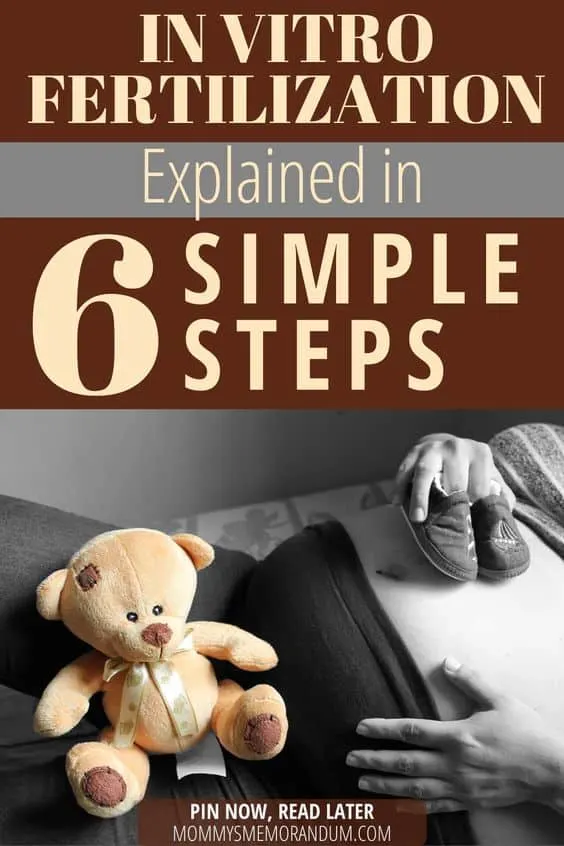In vitro fertilization (IVF) is a medical service that enables many people to have the family they desire despite fertility issues, thanks to clinics such as receiving IVF treatment from Fertility Plus.
IVF assists with the process of fertilization, implantation, and the development of the embryo.
Many patients prefer to know more about how the process works before they schedule an appointment.

The Most Popular Infertility Treatment: In Vitro Fertilization Explained in 6 Simple Steps
Begin with Screening
Interested patients meet with fertility experts at the clinic to discuss their medical histories.
Examinations and various screenings of both partners help to review the potential for success, rule out any illnesses, and detect the cause of their infertility.
Screenings include tests on the quality of the sperm and the viability of the eggs, and much more.
Interested patients can learn all the details at MCRM Fertility.

Start Fertilization Efforts
The second step of the process uses medications to stimulate the ovaries, so multiple eggs release.
A typical monthly cycle produces only one egg, and not every egg fertilizes or develops normally.
Synthetic hormones result in more eggs, so the doctor has more fertilization options.
Fertility clinics use different medications for this step.
Some women need only one prescription, and others may need several.
The screening process allows the doctor to determine what is best for each patient.
Women and their partners will learn each drug’s purpose or side effects.
It is also possible to review beforehand the types of medications used most often.
Retrieve the Eggs
Successful fertilization of the eggs happens more often in a monitored lab environment, so retrieval is necessary.
The doctor retrieves the eggs from the patient before ovulation begins.
Insertion of an ultrasound probe and a thin needle allows the safe removal of the eggs.
The retrieved eggs incubate in the lab, and fertilization efforts begin with those that are mature and appear healthy.
Receive Sperm Sample
On the same day the retrieval process occurs, the clinic needs a sperm sample from the partner or a donor.
The male can provide their sample to the clinic or undergo a procedure known as testicular aspiration.
The medical team extracts the sperm from the fluid before fertilization efforts.
Fertilize the Eggs
The fertilization of healthy eggs and sperm can occur in one of two ways.
The doctor may combine the eggs and sperm and allow the mixture to incubate, or an injection delivers sperm into each egg.
Next, an incubation period and genetic testing on the fertilized eggs then screen for abnormalities.
Injection of the sperm is more successful for patients that had a prior failed IVF attempt.
Patients need to know that the clinic cannot guarantee implantation.
However, success rates for women under age 35 are over 50 percent, and the rates increase for older women when they use donor eggs, states Very Well Family.
Implant the Embryos
Implantation of the healthy fertilized eggs, known as embryos, can begin during the final stage.
The clinic implants the embryos directly into the uterus with a syringe.
It can take up to 10 days after the procedure for the implantation to occur.
A visit to a clinic will take the mystery out of the process and help people make a more informed decision about what is best for them.
IVF has helped many couples to have happy, healthy children when it seemed impossible.
